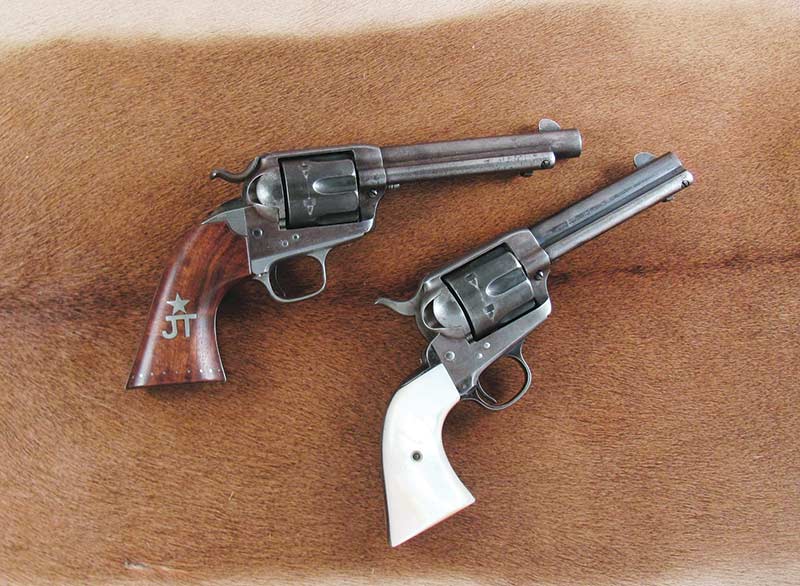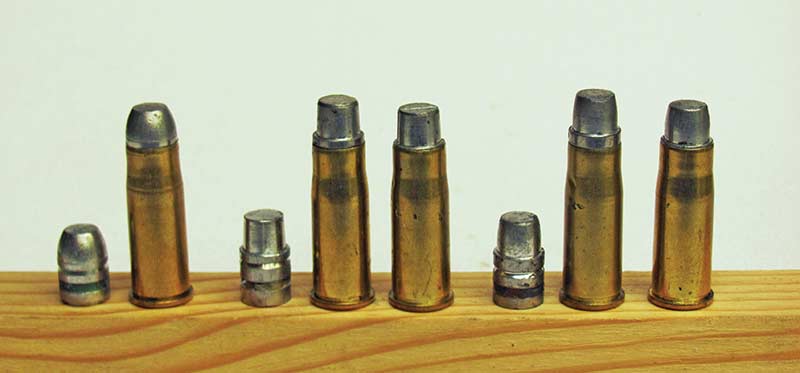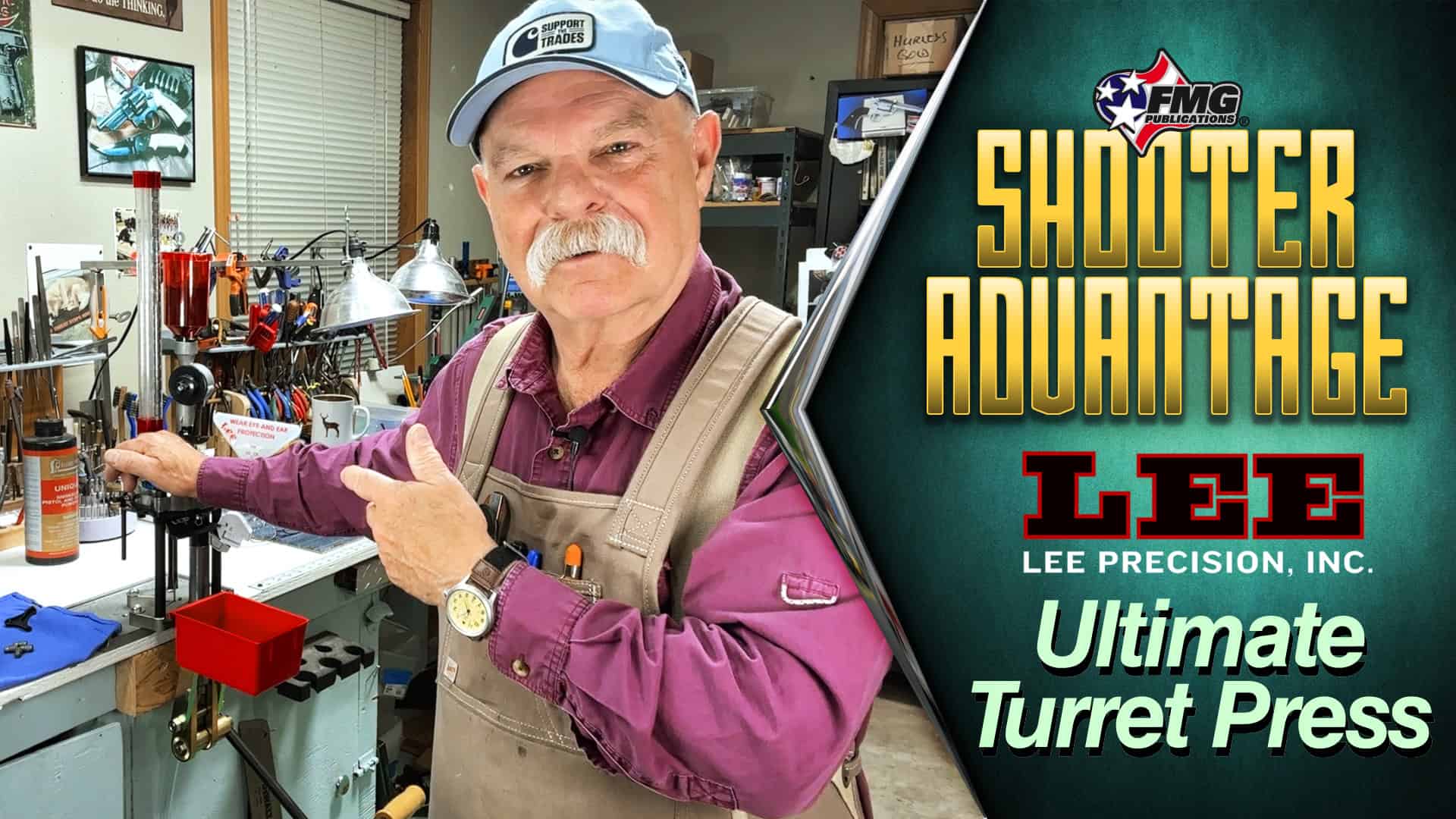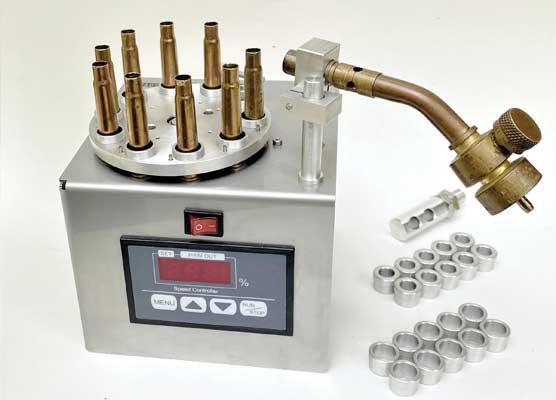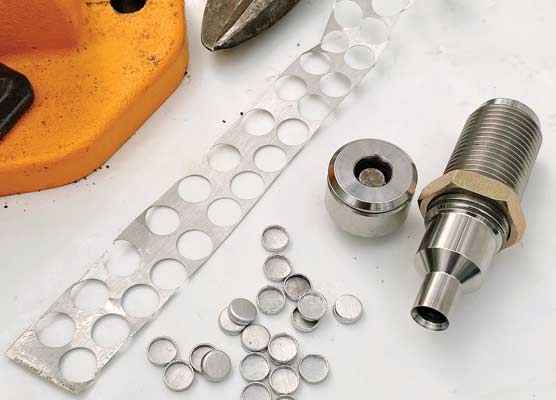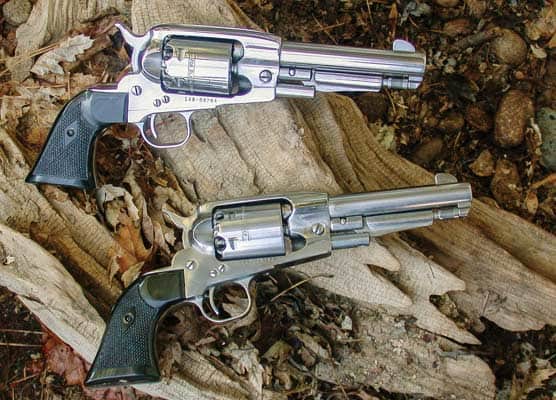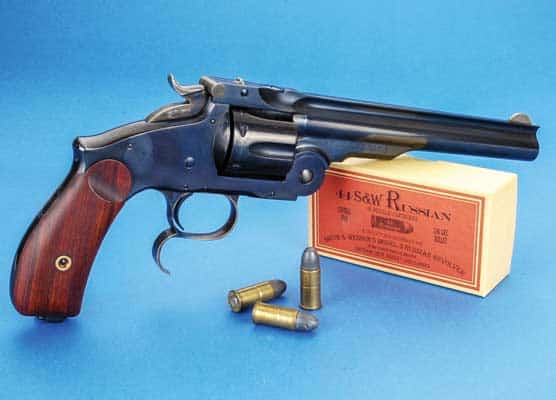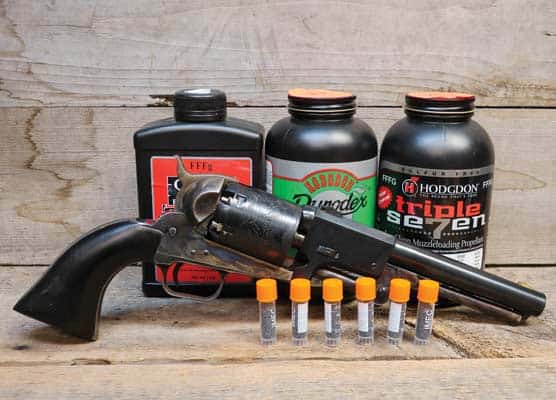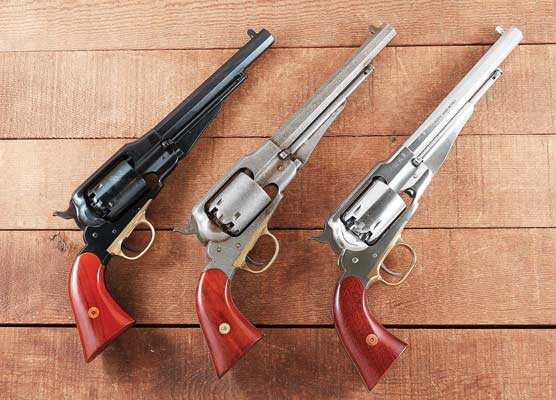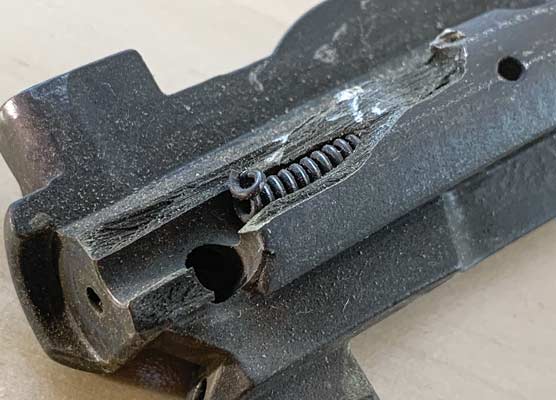Black Powder .38 WCF
A Cowboy Favorite
In 1873 Winchester brought out their first WCF — Winchester Centerfire Cartridge — with the .44-40 chambered in their lever action rifle. The .44-40 is basically the same size as a .45 Colt cartridge case that has been necked down to .44. The next step in the early 1880s was for Winchester to neck the .44-40 down to .38.
With their bottlenecked shape, both of these cartridges feed exceptionally smoothly through Winchester 1873 and 1892 actions. Colt also chambered their Single Action Army in .38 WCF. However, experts can’t seem to agree just when this happened. Probably in the early 1880s. The .38 WCF is now mainly known as the .38-40.
Just what was the .38-40? Experts can’t seem to agree on this either. The normal conclusion would be it was/is a .38 caliber bullet backed by 40 grains of powder. The first problem begins with the caliber itself. Today’s .38 Special is not a true .38 as it actually uses a .36 bullet and the .38-40 takes the same path in the opposite direction. Instead of being a .38, it’s actually a .40 caliber. So, should it have actually been called a .40-40? There are those who say the powder charge was not 40 grains but actually 38 grains, making it a .40-38. Whatever the case, it’s still known as the .38-40. A most interesting sidelight is the relatively modern .40 S&W uses the same bullets as the .38-40 and is the ballistic twin of the .38-40 black powder cartridge.
With the .44-40, I have found sixguns with chamber mouths running anywhere from .424 to .433, which means bullets really have to be tailored to fit the cylinders. The .38-40 is held to better tolerances with cylinders running from .399 to .403. I normally use bullets in the .400-.401 size range and they work exceptionally well, turning the .38-40 into a most-accurate shooting sixgun.
Bullet Choices
Mostly, the two bullets I use today are the Oregon Trail 180 RNFP and the RCBS #40-180CM. The latter is especially apropos for the .38-40 with black powder loads as it not only has a crimping groove, it also has a wide, deep grease groove for holding black powder lube such as SPG or Lyman Black Powder Gold. Both help to cut down on the fouling caused by black powder.
The hard lube found in the Oregon Trails bullet is basically useless for black powder shooting as it does nothing to keep the fouling soft. So, when shooting these bullets, I am very careful to swab out the barrel with a commercial black powder cleaner or my solution of Moose Milk consisting of water and Ballistol. Doing this keeps the powder fouling from building up and keeps the sixgun shooting without excess fouling and binding with these bullets normally used with smokeless powder loads.
As I recall, the first box of .38-40 cartridges I purchased cost more than 10 times the price of a box of .22 Long Rifle cartridges. So my first .38-40 did not see much use until I started reloading. Lyman’s .38-40 bullet is #40188 and this same bullet not only served me well in the .38-40, it was the first cast bullet I tried in both the .40 S&W and the 10 mm. Cast hard, these weigh about 170 grains, have a flat nose and no crimping groove.
Using today’s modern .38-40 brass from Starline, 35 grains is about the maximum charge that can be used with most traditional bullets. From a 7 ½” barrel and using 35 grain charges of Goex FFg, Goex FFFg, Goex Cartridge, Pyrodex P and Hodgdon’s Select, yield muzzle velocities of 976 fps, 1,043 fps, 925 fps, 1,118 fps and 1,033 fps, respectively. Note the Pyrodex is the most powerful loading at over 1,100 fps while the load using Hodgdon’s Select is exceptionally accurate, producing groups just under 1″ for five shots at 25 yards
Kiss And Shell
Even though the .38-40 is a bottlenecked cartridge and cannot be sized with a carbide sizer, I find using the steel sizing die and spraying the cases with something like Hornady’s Spray Lube works just fine. Brass is expanded with just a kiss of the Lee Universal Expanding die, then primed with Magnum primers as this helps start the black powder burning correctly. Most of my black powder cartridges are now charged with powder using the Lee Powder Measure. The ones I find useful for loading .38-40 with Black Powder are 1.6cc, 1.9cc and 2.2cc, which dip 26.6, 30.0 and 35.6 grains, respectively, of FFFg black powder by volume. The 1.9cc/30.0 grains gets the most use.
My most-used .38-40 loads these days are assembled using 30 grains of either black powder or black powder substitutes. These loads were all fired in a San Marcos Hartford Armory 7 ½” Model P using Starline brass. I have found this brass to be better suited for bottlenecked sixgun/levergun cartridges such as .38-40, .44-40 and .32-20 as I rarely ever lose a case while reloading. This does not seem to be true with older brass with very fragile necks.
The RCBS #40-180 with 30.0 grains of Pyrodex clocks out at over 1,000 fps while the same charge of Triple-Seven FFg is just under 1,000 fps with excellent accuracy, producing groups just over 1″. I have also had excellent results with the Oregon Trail 180 RNFP over this same charge of Triple-Seven with groups right at 1 ½”. All of these make excellent every day packing loads.
Lyman’s original #40188 is still an excellent choice as well as exceptionally accurate shooting. In the 7 ½” Hartford Armory Single Action, 25 grains of Goex FFg clocks at 850 fps with a 1″ group; 25 grains of Hodgdon’s Select gives 832 fps and a group of ½”; 30 grains of Goex Cartridge, 962 fps and 1 ¼”, 35 grains of Goex FFg, 976 fps and 1 ¼” and 35 grains of Hodgdon’s Select clocks out at over 1,025 fps with a group under 1″.
Switching to the 4 ¾” Hartford Armory Single Action results in 25 grains of Goex FFFg giving 785 fps; 25 grains of Select, 800 fps; 30 grains of Goex FFg, 855 fps; and 35 grains of Pyrodex 980 fps with all loads right at 1″. The most accurate load with this easy-packing sixgun turned out to be 30 grains of Pyrodex for just over 800 fps and a ¾” group. All of these loads were shot nearly 25 years ago in preparation for my book Action Shooting Cowboy Style. Both of these sixguns are still capable of the same accuracy — however, I am not always.
